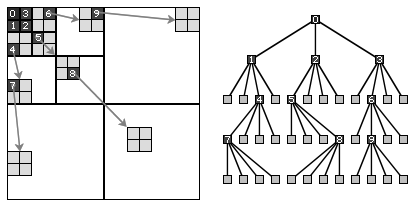In traditional compressed sensing, one would require $ m = O ( K.logN)$ measurements to recover a signal of size $N$, and sparsity $K$.
The paper, Richard Baraniuk - Model Based Compressive Sensing, shows that it is actually possible to get rid of the $log N$ factor in the number of sampled measurements, provided the $K$-sparse signals follow some additional characteristics. In traditional CS, in general, a $K$-sparse signal ( or a $K$-compressible one) lives on (or near) one of the canonical $K$-dimensional subspace of the basis of measurement. In model sparse signals, the additional requirement is that only a subset of these subspaces are allowed. These subspaces are such that they obey some well-formed characteristic. For instance, a Tree-sparse signal is one for which the top wavelet coefficients are to form a connected and rooted subtree in a wavelet tree decomposition.
I have to admit that I am still trying to understand their paper, so it may be a bit naive to ask it, but here is the question.
What sort of signals can one represent with these tree-sparse forms? The above paper gives a few sample signals to that effect. But is there a general characterization of these signals? For example, consider a signal comprising of, say $O(N/d)$ gaussians, with peaks randomly located among the N points ( $d < N$ is a constant in this case). Can this be represented/approximated by one of these Tree-sparse models?
Any general pointer to literature that studied these objects?

